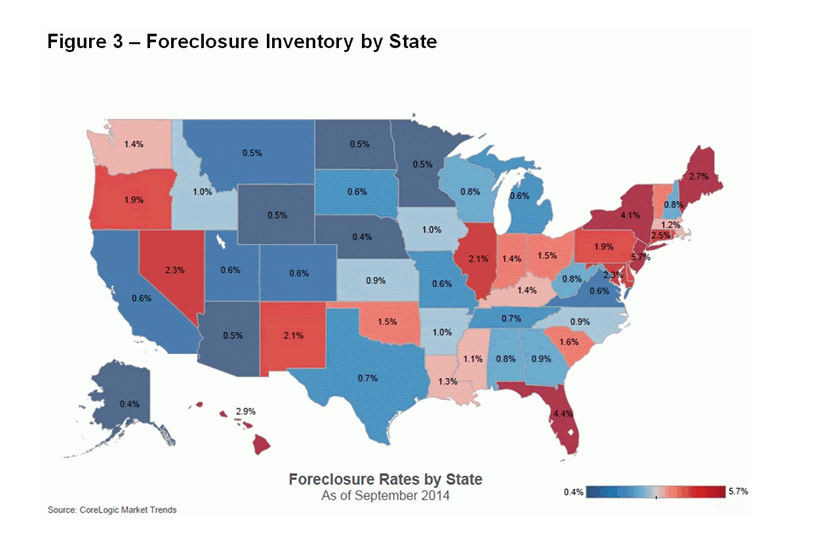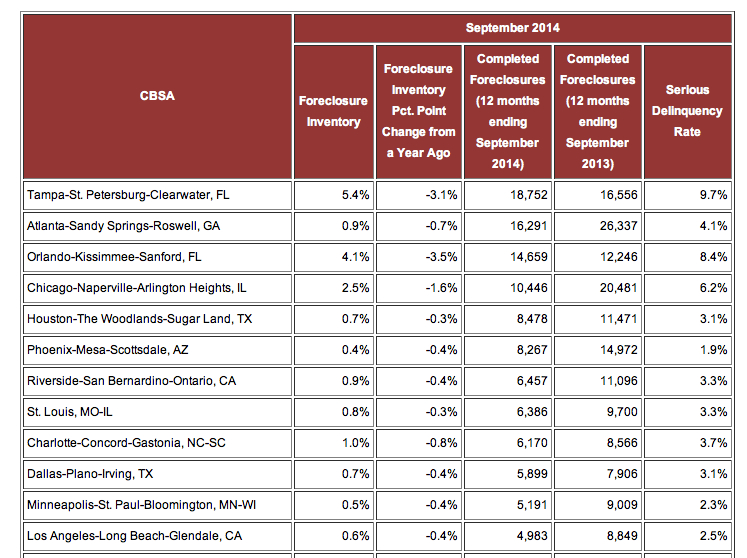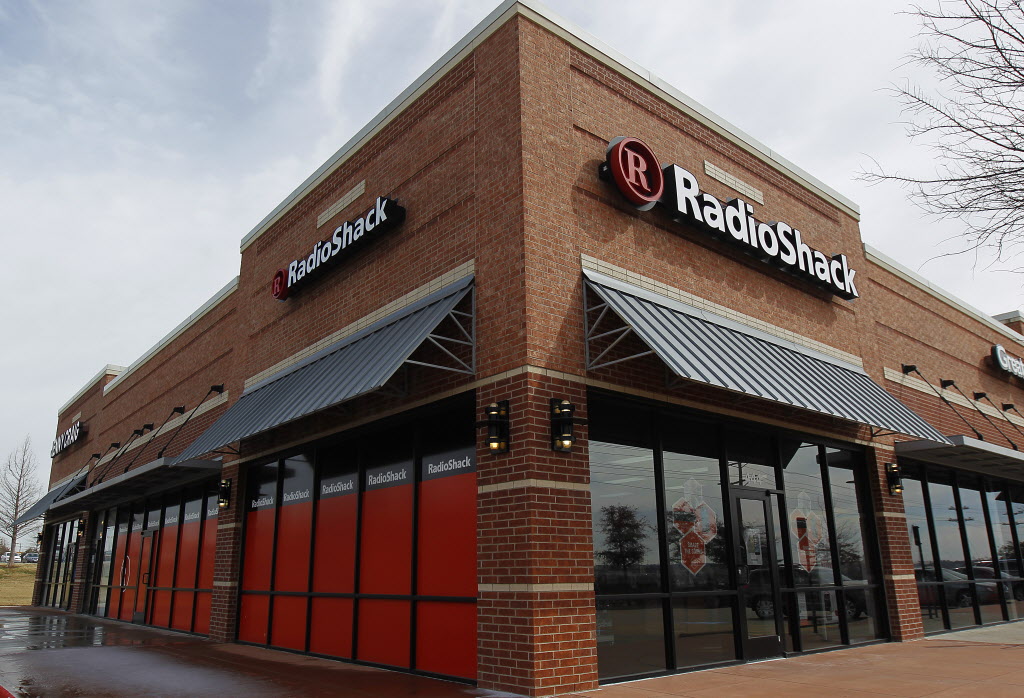The City of Dallas Wednesday approved leases to bring three popular Dallas restaurants and one new flavor to the former grassy strip outside of the Omni Dallas Hotel downtown.

New restaurants planned for the former grassy patch outside of the Omni Dallas Hotel would have patios and easy access from the convention center. (Matthews Southwest )
Coal Vines pizza, Little Katana Sushi, Herrera’s Tex-Mex restaurant and the new Bier Garden on Lamar are expected to open by fall of 2015, above a 350-space underground parking garage.
The $27 million project is being funded with money not spent during construction of the city-owned hotel, which opened in November of 2011.
The addition will bring to seven the number of restaurants at the Omni site, which already is home to Texas Spice, a Bob’s Steak & Chop House and the Owners Box sports bar.
After the hotel was built, “the No. 1 complaint” among conventioneers was that there were not enough food options near the convention center, said Jack Matthews of Matthews Southwest, the developer for both the hotel and the restaurant/garage project.
For large meetings, such at the annual Mary Kay convention, the three hotel restaurants could become swamped with would-be diners facing long waits for a table.
“There’s just demand there that hasn’t been met yet,” Matthews said.
The hotel brought in food trucks to help provide more choices and offer food at different price points.
“These are places that Dallas already has embraced,” Matthews said of the restaurants selected. “We want to give people a real taste of Dallas. These people understand the Dallas market.”
Like the Omni, the buildings that house the restaurants will be owned by the City of Dallas, through the Dallas Hotel Development Corp. The operators will have 10-year leases and pay rent.
The four new restaurants are expected to attract not only hotel guests and conventioneers but also area residents and workers.
The beer garden will be closest to the corner of Young and Lamar streets. Herrera’s will be closest to the Kay Bailey Hutchison Convention Center.
Joseph Palladino, who created the Coal Vines concept and co-owns the Uptown location, will operate the downtown Coal Vines and the beer garden.
The downtown Coal Vines is part of an expansion that Palladino said could see more than 15 new locations open annually. He said next year he also plans to open a Coal Vines, with an attached prepared-food market, in the mammoth CityLine development in Richardson that will house State Farm and Raytheon.
“I felt it was important for our brand to be downtown as well,” Palladino said of the Omni location. “ And I thought that being across from the Omni, with the exposure of the convention business [and], people traveling from all over the United States and all over Texas, it would help our brand.”
The Omni Coal Vines will function much like a fast casual restaurant at lunch. Diners will order and pay at the counter and will have no server to tip. Regular table service returns for the dinner crowd.
The restaurant will have a full bar, including hard liquor, and will serve 10-inch individual pizzas in addition to the regular menu, Palladino said.
Both Uptown and the Omni location will have delivery.
The beer garden will feature domestic and imported beer and comfort food served at group-sized tables.
Palladino expects to spend up to $1.5 million to furnish and equip the beer garden and up to $900,000 to open Coal Vines, a concept he launched with restaurateur Phil Romano.
Gil Bonifaz, who recently closed two locations of Herrera’s following “partnership issues,” has teamed with new investors to open the Omni location.
He envisions a restaurant with an open kitchen, serving craft cocktails and a modern twist on Tex-Mex favorites.
He said he’s still working to determine what his opening costs will be, but he said the new operation won’t be hindered by the recent closures.
“Going forward our main focus is going to be the Omni,” he said, adding that he still operates a Herrera’s location on Denton Drive near Love Field with his mom, Cindy Bonifaz.
Matthews said he was not concerned that Bonifaz recently closed two Herrera’s locations.
“He did tell us,” about the closures, Matthews said. “We’re good. We really like the way they do things.”
The Omni Herrera’s will be about three miles from a Herrera’s Café operated by other family members who formerly served up Tex-Mex favorites on Maple Avenue.
Bonifaz said he doesn’t see the proximity of another Herrera’s as an issue.
After the restaurants are complete, the site still will contain up to 12,000 square feet of space that could be developed in the future, Snell said. Initially it will be green space with a water feature, available for the Omni to rent out for private events.









